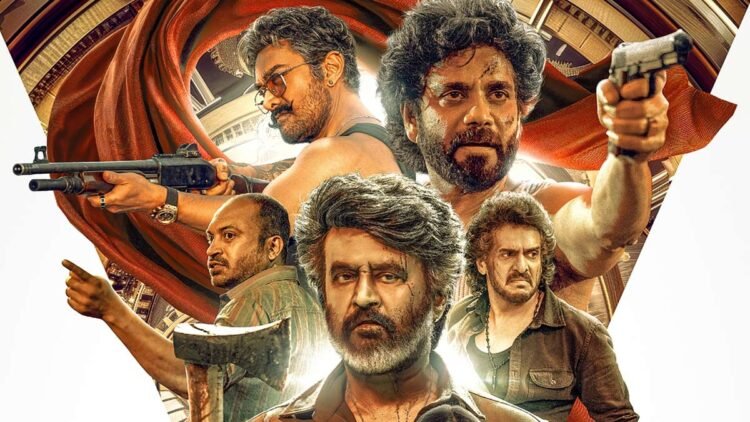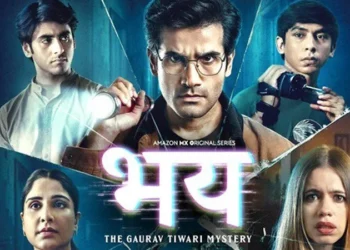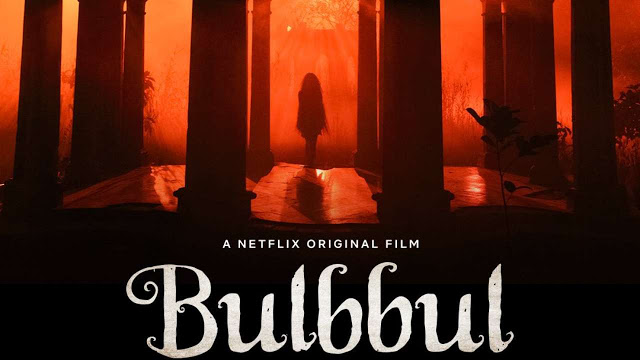Lokesh Kanagaraj is presently the most in‑demand director in the Tamil film industry, and he is one of the few Indian filmmakers whose work captures the attention of audiences nationwide. After delivering five consecutive hits—Maanagaram, Kaithi, Master, Vikram, and Leo—he joined forces with superstar Rajinikanth for the action‑thriller Coolie. The director has also clarified that the film does not belong to his Lokesh Cinematic Universe (LCU).
A mighty hero such as Rajinikanth requires an equally formidable antagonist, so Kanagaraj cast Telugu star Akkineni Nagarjuna in the villain’s role. The ensemble is further bolstered by Kannada actor Upendra, Bollywood star Aamir Khan, and Malayalam performer Soubin Shahir. The question, then, is whether Kanagaraj succeeded in delivering a memorable tribute for Rajinikanth, who celebrates fifty years in cinema this year.
Story
The story follows Deva (Rajinikanth), the proprietor of a men’s hostel in Chennai, who learns of his friend Rajasekar’s (Sathyaraj) death. When Deva travels to pay his respects, Rajasekar’s daughter Preethi (Shruti Haasan) inexplicably confronts him and orders him to leave the house—a motive that is revealed later. Deva discovers that Rajasekar did not die of natural causes but was murdered. Further investigation uncovers that Rajasekar had once worked with Simon (Nagarjuna) and Dayal (Soubin Shahir). The narrative then explores why Simon commanded Dayal to kill Rajasekar and whether Deva and Simon have a history of conflict.
Performances
Rajinikanth’s appearance in Coolie is arguably his best look since Robo. In the aged role of Deva, he delivers a flawless performance, with his signature style, dialogue delivery, and mannerisms providing the usual visual treat. Nagarjuna, as Simon Xavier, impresses with swagger and a menacing, ruthless presence that suggests he relished the role. Aamir Khan’s cameo, however, feels wasted; it adds neither weight to the plot nor the impact of Suriya’s cameo in Vikram. Upendra’s brief appearance still registers strongly.
Soubin Shahir steals the show, making the most of a substantial role and delivering a first‑rate performance. His dance in the final minute of the song “Monica” is likely to be a crowd‑pleaser. Rachita Ram offers a surprising package, excelling in a well‑written part. Sathyaraj, as Rajasekar, delivers a solid performance; his line that elevates Deva’s character—referring to him as a “power house”—deserves special mention. Shruti Haasan is effective as Preethi. Though Reba Monica John and Monisha Blessy are limited by screen time, both make their presence felt, and Pooja Hegde looks vibrant and dances well in “Monica”.
Behind the scenes
Anirudh’s music stands out as one of the film’s major strengths, elevating several ordinary sequences with his background score. The score for the mansion action set‑piece in the second half is particularly noteworthy, although some moments feel monotonous and reminiscent of earlier work.
Girish Gangadharan’s cinematography is competent but lacks the “wow” factor typical of Kanagaraj’s films. Philomin Raj’s editing is uneven; it works in places but could have been tighter, especially during the final forty minutes. Sun Pictures’ production values are respectable, though a large portion of the budget appears allocated to the cast’s remuneration.
Final Verdict
The face‑off between Rajinikanth and Nagarjuna in the second half feels unnecessarily stretched, causing the narrative to lose momentum. Aamir Khan’s cameo appears forced, and the decision to reveal Deva’s backstory during the final act misfires, feeling like a fan‑service addition rather than an organic development. This misstep mirrors similar issues in Master and Leo: Kanagaraj’s execution shines when he adheres to a story‑driven, thriller‑focused screenplay, but it falters when he tries to shoe‑horn star power into the plot. Additionally, the use of old songs as background music during action sequences, which worked in Leo, feels contrived in Coolie.
Coolie isn’t the pure action spectacle many expected from a Rajinikanth‑Lokesh Kanagaraj collaboration. The film starts slowly, establishing characters and a story‑driven premise before delivering an unexpected twist that showcases Kanagaraj’s skill. The first half builds Rajinikanth’s heroism, and the second half offers two strong action set‑pieces with effective music and screen presence. However, the pre‑climax and climax drag, with a forced back‑story reveal and an out‑of‑place cameo that undermine the narrative. Overall, the movie is an entertaining, twist‑filled thriller with solid action, but its ending feels stretched; enjoyment depends on keeping expectations modest.























